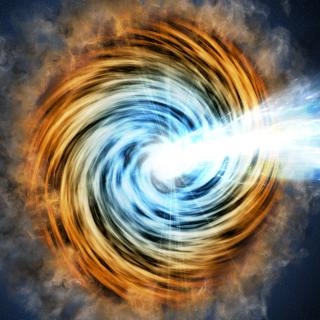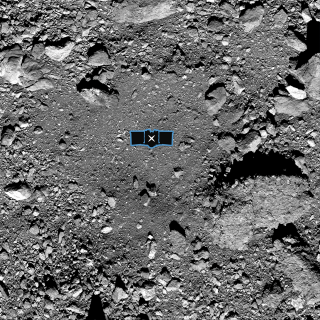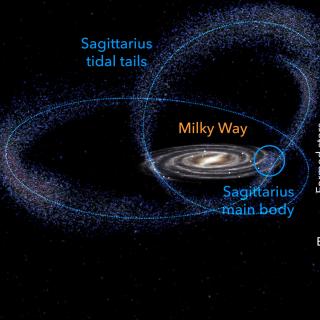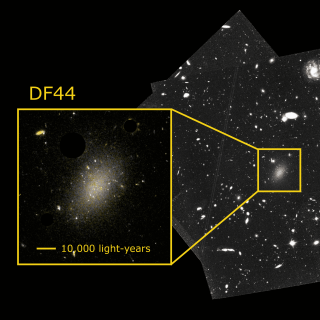
AU Microscopii (AU Mic) is the second closest pre-main-sequence star, at a distance of 9.79 parsecs and with an age of 22 million years . AU Mic possesses a relatively rare and spatially resolved edge-on debris disk extending from about 35 to 210 astronomical units from the star , and with clumps exhibiting non-Keplerian motion . Detection of newly formed planets around such a star is challenged by the presence of spots, plage, flares and other manifestations of magnetic ‘activity’ on the star . Here we report observations of a planet transiting AU Mic. The transiting planet, AU Mic b, has
Advertised on




